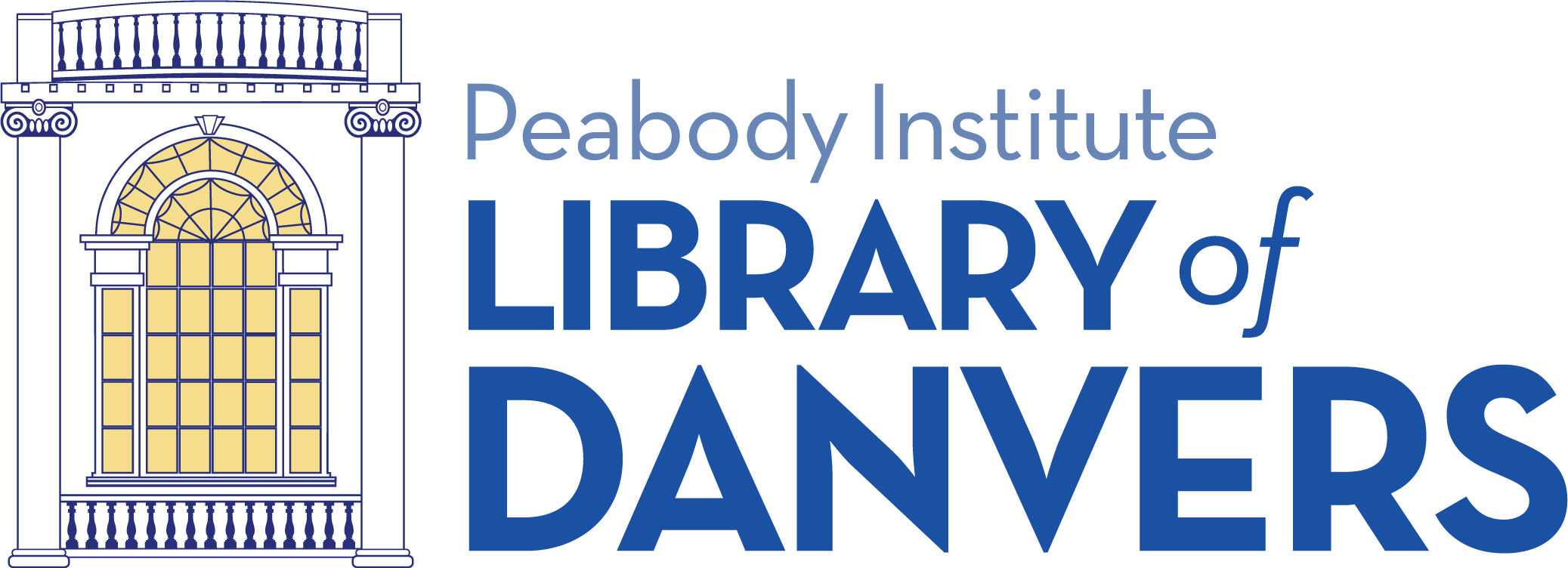Reviewed by Jim
It’s been a good spring/summer for the historical spy novel genre. A couple weeks ago David Downing’s Jack of Spies came out and now we have Alan Furst’s Midnight in Europe. Fans of Furst will immediately recognize the style and plot of this book. Christian Ferrar is a well to do Spanish lawyer living in Paris in the late 1930s. He is slowly drawn into work as an arms buyer for the Spanish Republic in it’s civil war against the Fascist general Francisco Franco. This is not an easy task, as countries all over Europe throw up barriers to prevent arms from reaching Republican Spain. With his shady partner Max De Lyon, he travels around Europe risking life and limb trying to buy weapons and ammunition while at the same time dodging German, Spanish (and in some cases, Russian) agents trying to thwart him. All the while he is holding down his “day job” as a lawyer and caring for his family while the world barrels towards war.
I’ve been reading Furst for almost ten years now. Like any author you have a long relationship with, you develop a sense of the quality of their writing; you see the highs and the lows of their books (because even the best writers have lows). I tend to think of Furst’s novels as existing on a continuum. A continuum, I might add, built totally on my own personal opinions of his books and probably at odds with every other fan. At one end is his first novel in this genre, Night Soldiers, a book I still consider his finest piece of writing. At the other end, my least favorite of his books, The Foreign Correspondent. Between those two points you’ll find all of his books scattered. Towards the Night Soldier end, you’ll find Blood of Victory and Spies of the Balkans; at the Foreign Correspondent end, you’ll find Kingdom of Shadows and Mission to Paris. I am happy to say I found Midnight in Europe decidedly at the Night Soldier end.
Midnight in Europe has all the marks of a great Furst novel. There is lots of travel. Between arms buying and legal work, Ferrar crisscrosses Europe. You walk the streets of Paris, Berlin, Danzig and half a dozen other cities. Ferrar even takes seaplanes to New York to confer with partners in his firm and carry on an affair with a woman in Brooklyn. There is the requisite daily life in Paris. Exquisitely described restaurants, coffee shops, street markets, and of course Table 14 at the Brasserie Heininger puts in an appearance as well. In short, the great thing about a Furst novel is that it is a slice of life (albeit an unusual life). This can be problematic, though, in books like Foreign Correspondent, which feel disjointed and forced. Midnight in Europe, however, flows smoothly from stealing a train full of arms in Poland to trying to sort out the financial difficulties of a Hungarian bank’s board of directors (one of whom is a Count/Spy and another is a Fascist dognapper).
The one fault of this novel is that Furst seems to give Ferrar, at times, an almost clairvoyant knowledge of future evens. At one point he’s trying to decide what to do with his family when war comes. He knows they can’t stay in Paris because he intuits that the war will come to Paris and that he has to get his family out early enough because the roads would be too clogged to move if he waited. Ferrar is a smart character, but I doubt he could see the future of France in 1940. However, if you can get around that small bump in the plot, the world and the story Furst builds is well worth it.
Here’s a clip of Furst talking about how he got into writing historic spy novels to begin with which is kind of interesting.


